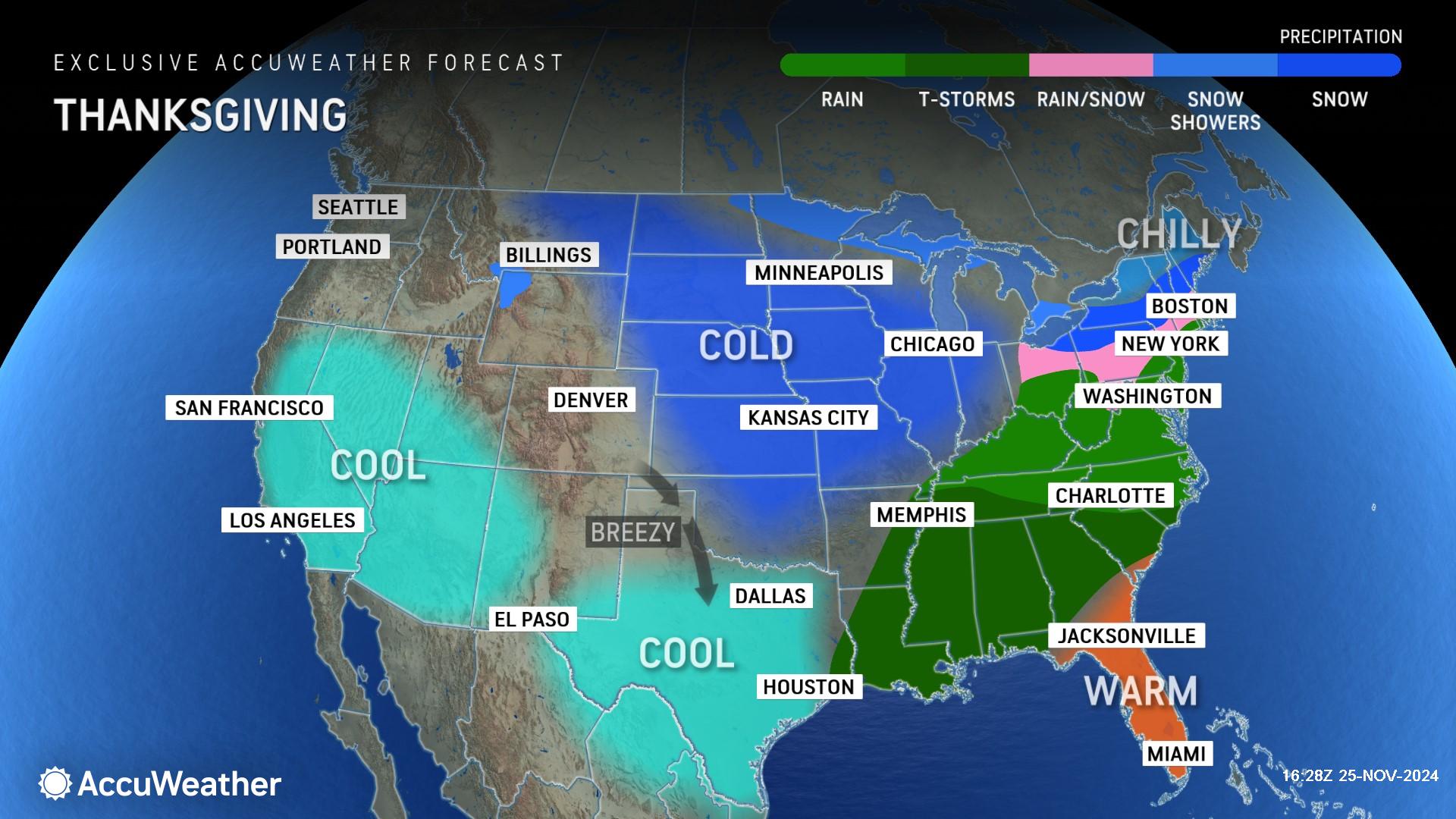California's reservoirs have seen a remarkable rise in water levels, thanks to an intense atmospheric river that swept through Northern California last week.
The storm unleashed torrents of rain, significantly replenishing key water sources across the drought-prone state.
An atmospheric river is a narrow, but long, corridor of concentrated moisture in the atmosphere, often described as a "river in the sky."
These phenomena transport vast amounts of water vapor from tropical regions to other parts of the globe, sometimes stretching thousands of miles across the ocean.
As of Monday, Lake Sonoma's water levels had surged over 13 feet, bringing the reservoir to 93 percent of its full pool level—the highest it has reached at this time of year in six years, according to Lakes Online.
This recovery follows three days of record-breaking rainfall in Santa Rosa, which received more than 12 inches of rain. The National Weather Service (NWS) Bay Area labeled the storm as a "thousand-year event" in a post on X (formerly Twitter).
The storm caused widespread disruption, including flooding, road closures and two fatalities. However, it also provided much-needed relief to reservoirs strained by years of drought.

California's largest reservoir, Lake Shasta, reached 994 feet on Tuesday morning, a recovery from drought-stricken lows of 2022 and just shy of 2023 levels.
Meanwhile, Lake Oroville, the state's second-largest reservoir, has seen its fill climb to an impressive 22 feet since just last week.
This marks a dramatic improvement from previous years, when water levels were so low that houseboats clustered in the center of the lake.
Tracy Hinojosa, a manager at the Department of Water Resources (DWR), told local news outlet SF Gate that the state's strategy was to maximize water capture while meeting environmental and delivery needs for millions of Californians.
"[DWR is] taking advantage of the recent storm systems to capture as much water as possible in Lake Oroville while continuing to support environmental and water delivery needs to 27 million Californians," Hinojosa said.
Newsweek contacted DWR via email outside of regular hours for comment.
Statewide Recovery
California reservoirs have steadily recovered throughout 2024. Southern California's Lake Casitas reached full capacity earlier this year for the first time in more than 25 years, while Big Bear Lake hit its highest level in over a decade.
The outlook for additional rainfall remains promising, with more precipitation expected to hit California this week.
While the upcoming storm is predicted to be milder, it could still bring snow and rain across various parts of the state, potentially impacting travel during Thanksgiving week.
California Weather Impacts and Advisories for Thanksgiving
The NWS has issued several warnings for travelers:
- Northern California: Snow and hazardous conditions are expected on roads in areas like Trinity County and the Sierra Nevada.
- Central California: Heavy snow above 7,000 feet in the Sierra Nevada could accumulate up to 5 feet, making travel treacherous in national parks and mountain passes.
- Southern California: Light rain may disrupt travel, especially in Orange County and the Inland Empire.
Travelers are advised to plan ahead and exercise caution. Delays, snow-covered roads and chain controls are likely in higher elevations.
With reservoirs recovering and additional rain on the horizon, California continues to see progress in replenishing its water supply—a critical boost after years of drought-induced challenges.
Do you have a tip on a science story that Newsweek should be covering? Do you have a question about California reservoirs? Let us know via science@newsweek.com.



















 English (US) ·
English (US) ·